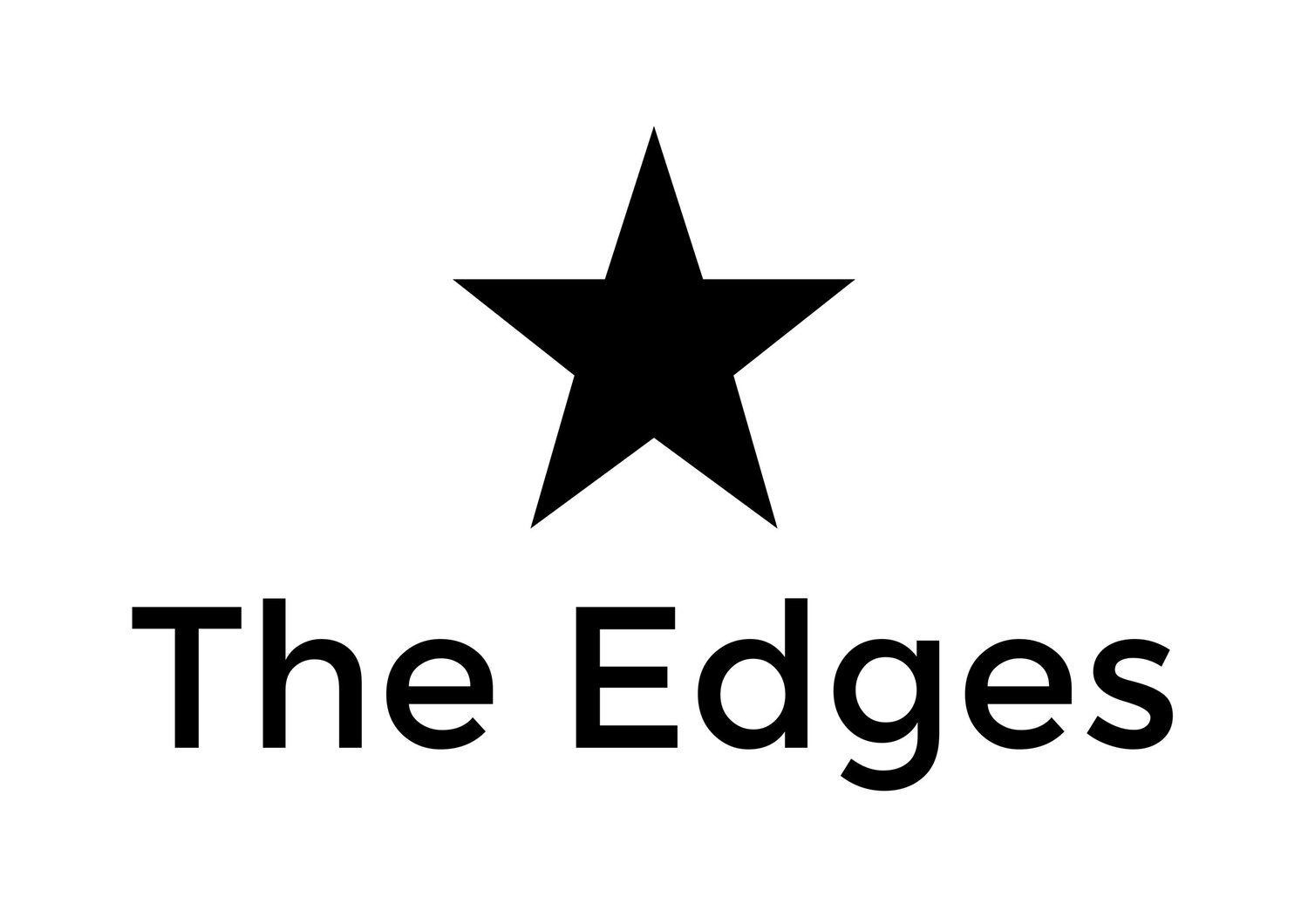What Lewis and Tolkien Can Teach Us About Hope
There's more to apologetics than arguing points ...
What is it we feel when the eagles swoop in during the final moments of the battle of the five armies in Do our emotions reveal the true depth of the fantasy genre that has captured the hearts of pop-culture?
Peter Jackson’s filmic interpretation of of J.R.R. Tolkien’s brilliant fantasy saga finally ends with this third installment, The Battle of 5 Armies. It’s no secret Tolkien drew heavily from Norse mythology; Gandalf and the names of the dwarves come right out of The Prose Edda. But it’s less well known that he flipped the Norse worldview around by creating a new word: eucatastrophe.
In 1942 J.R.R. Tolkien penned the essay, “On Faerie-stories.” The essay became the touchstone work of fantasy fiction, illuminating the genre. Tolkien ends the essay by discussing the “consolations of the happy ending,” what he calls the eucatastrophe.
A euchatastrophe is the opposite of a catastrophe. Whereas the catastrophe might be employed in tragedy, and is regarded as the down-turn of a story, Tolkien’s euchatastrophe is the shift in the faerie story for the good. It’s “the sudden joyous turn.”[1] The eucatastrophe says that just when all hope appears to be lost, just when circumstances cannot get much bleaker, hope emerges.
Tolkien said eucatastrophe does not deny a sudden failure by the protagonist (dyscatastrophe). Rather, “it denies universal final defeat and in so far is evangelium, giving a fleeting glimpse of Joy, Joy beyond the walls of the world, poignant as grief.”[2] Tolkien uses the Latin evangelium, meaning “good news” or in Old English “godspel,” fully aware of the Christian undertone.
Universal final defeat was exactly what Norse mythology offered. What’s more, it was compounded by endless repetition. Ragnarök, the Norse apocalypse was cyclical: the giants destroy the gods and all humankind in a final battle only for the earth to rise again out of primordial waters, the gods to be reborn along with humans, and the cycle to begin afresh. Medievalist scholar and Tolkien expert Tom Shippey suggests Tolkien wanted to offer something more than this cycle of doom and was attempting to “retain the feel or ‘flavour’ of Norse myth, while hinting at the happier ending of Christian myth behind it.”[3]
But it wasn’t just Tolkien who used eucatastrophe in his storytelling. The thread of hope can also be found in the writings of C.S. Lewis, Tolkien’s long time friend.






